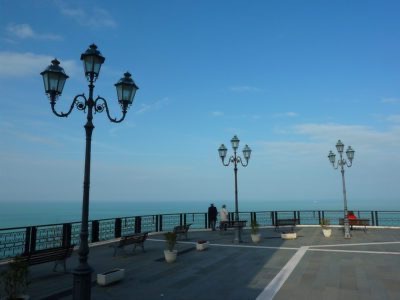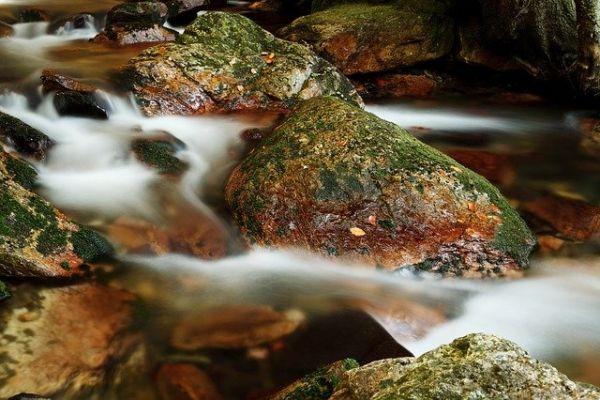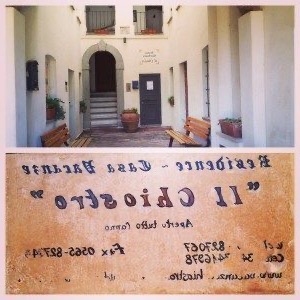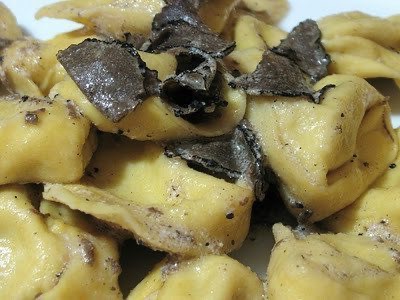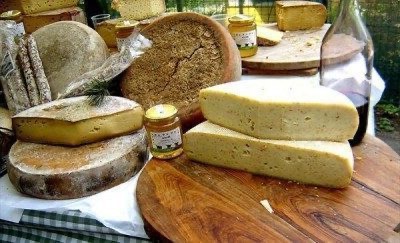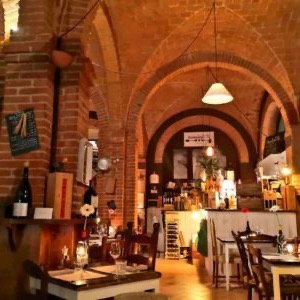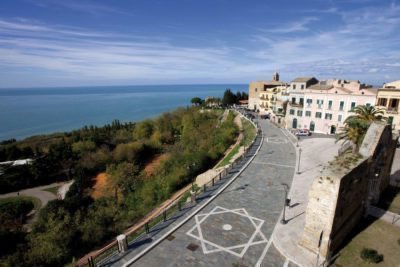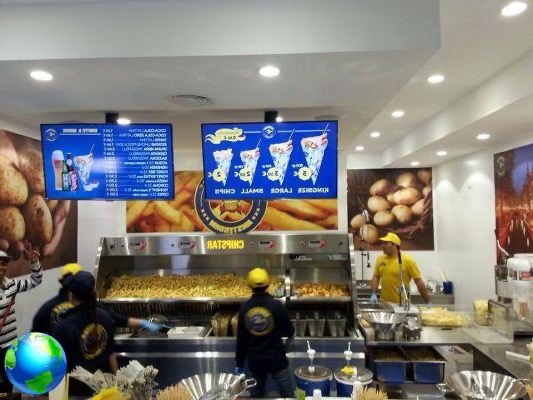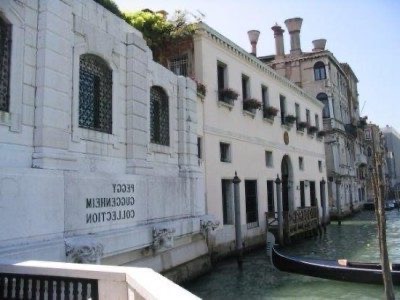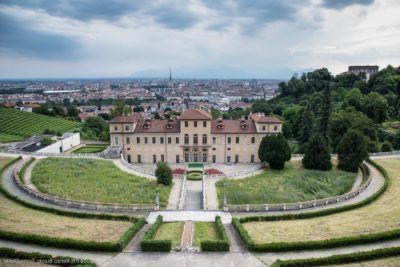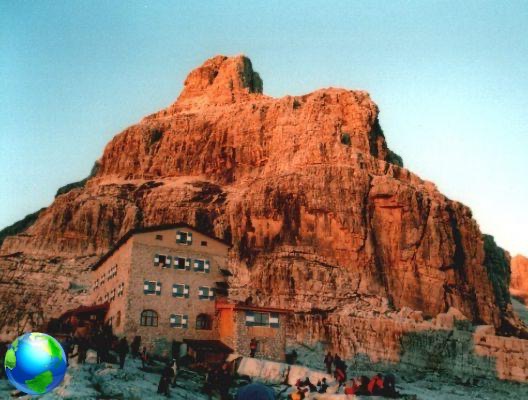A few days ago I have been to Sant'Agata Feltria where, for my great luck, I was able to see live a pit, those used for the well-known pit cheese. Those who live between the Marches and Romagna will know very well this cheese, with a strong and “seasoned” taste that is found in these parts, which is talked about a lot every year. But what is fossa cheese and above all how is it made?
Fossa cheese was originally produced in the city of Sogliano the Rubicon, over the years this technique began to please and to yield, so much so that it began to be produced also in Talamello and in Sant'Agata Feltria, in fact Today it is produced in many other municipalities of Montefeltro and Val Metauro.
Since November 2009 the Fossa di Sogliano cheese has been recognized as a protected designation of origin, DOP. A fairly recent recognition then. The maturation, in these typical pits, takes place for three months thus allowing at least two maturations a year, even if it is rumored that the real pit cheese must be left to mature even up to 6 months, allowing only one seasoning per year.
The technique of maturing cheese in pits has an ancient origin. Two documents dated 1497 would attest that already in those years the pit was the place of conservation of the cheese, in autumn, and of the wheat in the remaining periods of the year. The hollowing took place in autumn and the choice was dictated, as often happens in mountainous and rural areas, by rhythms of nature and the seasons. Autumn was the time after the summer when there was an abundance of pasture and therefore also a lot of milk. So from the milk was made the cheese that was put in the pits to mature, ready for the coldest months when it could be consumed without having to worry too much about leaving the house.
During the years of Second World War these pits were often used as hiding places, here there were entire families hidden underground. With the end of the war many graves were forgotten, covered up and even built on them.
In Sant'Agata Feltria they are about 33 pits which are located in the village, some of which are inside the houses, even if these remain closed. Many have pits in the cellars where they are still used today, mostly rented to those who decide to invest in this business which is becoming quite profitable. It is estimated that with two pits it is possible to do about 70 quintals of pit cheese.




